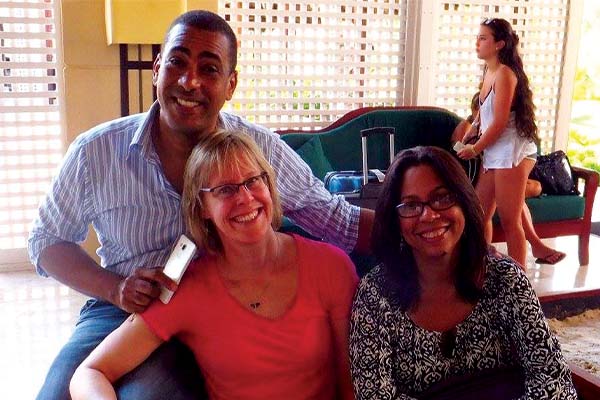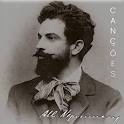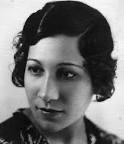Blooming in the Desert
By Sue Ruby

As educators and performers, many of us lack exposure to and knowledge of Black, Indigenous, People of Color (BIPOC) composers. Even before the pandemic and death of George Floyd, I began questioning this lack of diversity in the musical art world, particularly in my own education. As music educators, we are experiencing an epic shift in our global view. It is clearly imperative that we emerge from our curriculum desert and explore our world, musically and culturally.
One resource that I have found helpful for me is the Facebook group, The Art of Piano Pedagogy. This group provides a fabulous resource. The compiled list is a crash course of many major BIPOC composers, all (almost) with compositions for keyboard and accessible for students.
In honor of Hispanic Heritage Month, I would like to highlight a couple of composers and websites not listed on this database. The composers of Latin America and South America are pioneers in pedagogy. Many of these regions and countries were plagued by occupation and colonization by European countries for decades, even centuries. And yet, artists, musicians and composers preserved their unique history and culture heritage through music for the youth of their country.

This summer, my students (ages 10 through adult) worked through at least one of Alberto Nepomuceno’s (1864-1920) Cinco pequenas peças para crianças (Five pieces for small children) all written para mão esquerda (for the left hand). Nepomuceno wrote these pieces for left hand for his 8-year-old daughter, Sigrid, who was born without a right arm. Since none of my students speak Portuguese, I only revealed the subtitle’s true meaning at the second lesson—I guess hoping some of the curious sparks might use Google translate of their own volition. None did, which emphasizes the need for us as instructors to fill in the gaps of education and expand their musical palette. All of Nepomuceno’s works and the works of over 250 other Brazilian composers, both public domain and for purchase, can be found at Musica Brasilis. the “largest free collection of classical and popular Brazilian music scores.”

Cacilda Campos Borges Barbosa (1914-2010) did much to preserve Brazilian folk dance, even inventing a new notation to express movements and style. When she was just 16 years old, she began working with Heitor Villa-Lobos to bring Brazilian nationalism and pride into the musical instruction of elementary students. Many of her compositions borrow heavily from Brazilian folk tunes and rhythms. She wrote four albums for pianists: Preparatório, Volume 1, Volume 2, and Volume 3. Barbosa explores rhythm, cross-rhythms, voicing, articulation, etc. but in authentic Brazilian style. The pieces are short and extremely rewarding. (Interesting to note that she is a pioneer of electronic music in Brazil.) My students and I have loved learning these over the past few months.
In my work for the James Ericksen grant this past year, I explored piano trios by female composers…and since I was already down the rabbit hole, I kept a list by marginalized composers as well. In August, I had the pleasure of reading several scores by Alberto Nepomuceno, Henrique Oswald, Manuel Ponce, and of course Astor Piazzolla.
My most exciting takeaway is that I have barely scratched the surface and there is so much more music that I have yet to experience! My musical desert is in bloom, I hope eternally so.
Piano Music by Composers of African, Latin American, and/or Asian Heritage (8/15/20)
-September 2021, Sue Ruby
